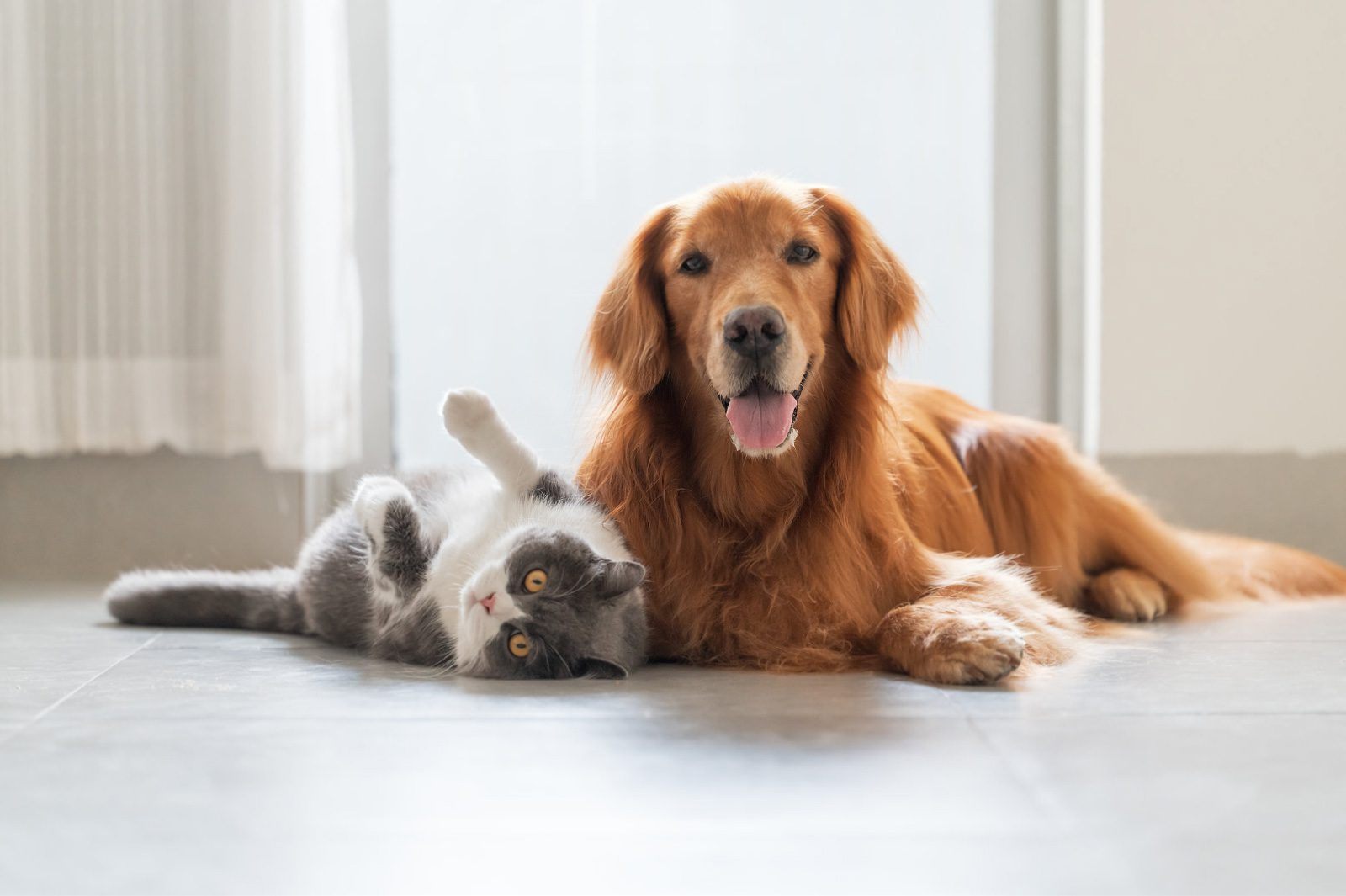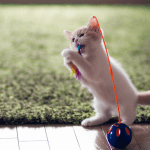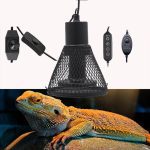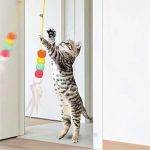We were interviewed by a veterinarian who has for nearly a decade and has worked in a pet hospital dealt with thousands of cases of injuries caused by pets. A woman who was scratched by her cat was not treated in time, and the back of her hand was swollen like fermented dough three days later; a boy who was simply rinsed after being chewed by his puppy was admitted to the hospital with high fever due to wound infection. These shocking cases remind us: while being close to our furry children, we must have the knowledge of scientific protection.

- The Four Steps to Golden First AidMethods
When skin is penetrated by sharp teeth or claws, immediately rinse continuously with running water for 15 minutes. The flow of water carries away more than 90% of the rabies virus, which is a more critical first aid measure than disinfection. It is recommended to use a mildly alkaline soap whose pH is effective in breaking down the viral envelope.
Povidone-iodine disinfection should follow the “inside-out” spiral method of application, and should not be wiped back and forth to cause secondary contamination. For wounds deeper than 3 mm or with tissue defects, it is recommended to cover the wound with sterile gauze after disinfection to avoid anaerobic infection.
Extra vigilance is needed in the management of special situations: wounds caused by stray animals should be immunized with immunoglobulin immediately; facial wounds should be injected with tetanus antitoxin within 24 hours; and wounds caused by lactating animals should be alerted to the possibility of Q fever infection.

- Decision tree for vaccine selection
The 10-day observation method is not a complete wait; the first vaccination should be completed on the first day. Domestic pets continue to be observed for 10 days and subsequent injections can be terminated if the animal survives in good health. This method is certified by WHO for vaccinated pets.
Exposure grading criteria for intact, unbroken skin exposures are classified as Class I and do not require disposal. Grade II exposure of the dermis should be vaccinated immediately, and penetrating wounds up to grade III need to be injected with immunoglobulin. Clinical statistics show that timely and standardized disposal can reduce the incidence of rabies to less than 0.001%.
Myth clarification: 24 hours is not an absolute time limit and the incubation period can be months. One case showed that the patient developed the disease 87 days after the bite, which shows that it is never too late to vaccinate, but the earlier the better.

- The Six-Dimensional Law of Prevention
Behavioral training should begin at a young pet age, using positive reinforcement to establish proper interaction patterns. When the pet shows stress signals such as airplane ears and pupil dilation, stop the current interaction immediately. It is recommended that 15 minutes of desensitization training be conducted daily to gradually improve the ability to resist interference.
Environmental modifications include special claw sharpening posts for cats, trimming canine nails to a rounded shape, and using anti-scratch fabric sofa covers. Data shows that regular nail trimming reduces the incidence of scratching by 72%.
Childproofing should be based on the “three no’s”: don’t interrupt eating, don’t grab toys, and don’t force interaction. It is recommended to set up a pet safe house so that furry children have a place to hide when they get too excited. According to the American Academy of Pediatrics, 83% of injuries to children occur during inappropriate interactions.

After seeing too many tragedies caused by negligence in the emergency room, this doctor has come to realize that true pet love is not about unprincipled coddling, but about establishing safe boundaries of mutual respect. Through scientific preventive measures and standardized emergency treatment, we are fully capable of achieving a perfect coexistence with zero injuries. Remember, every wound is a warning light for safety education, so let’s guard this cross-species warmth with wisdom.









